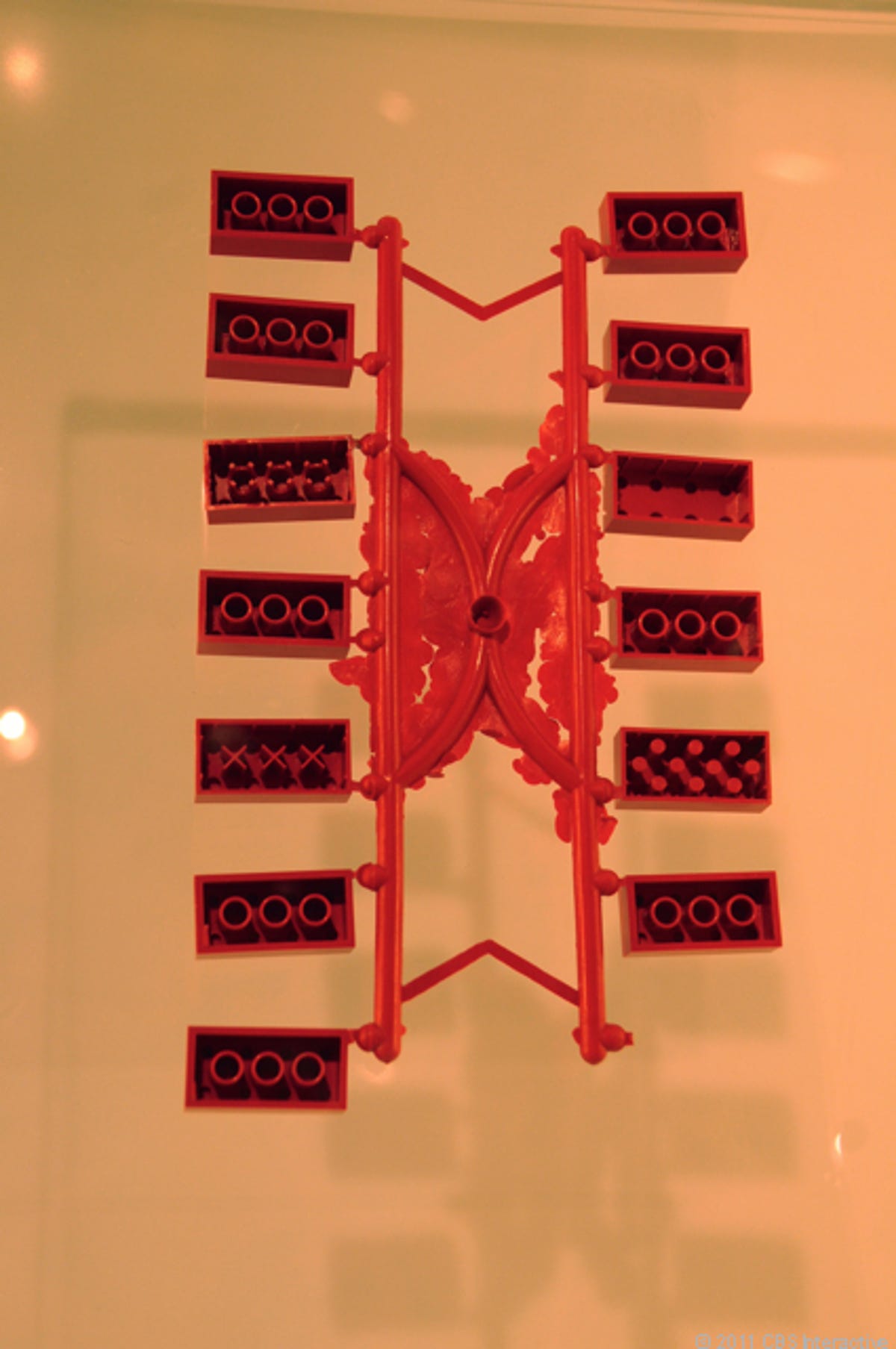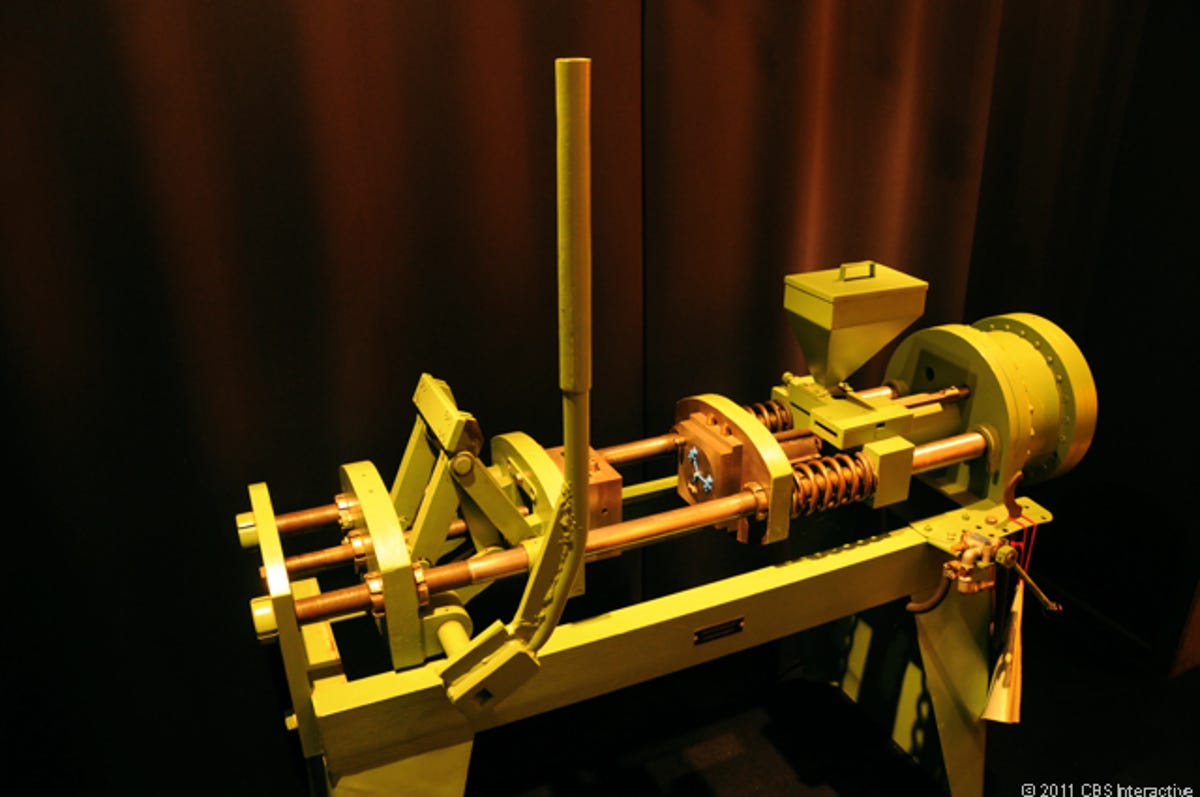Behind the scenes at Lego's private museum (photos)
Road Trip 2011: In Billund, Denmark, where Lego Systems has its HQ and manufactures many of its products, it also has a living archive of its long history of making some of the world's most loved toys.

When Lego got it right
As part of Road Trip 2011, CNET reporter Daniel Terdiman visited Lego headquarters in this small Danish town, and also took in the building--well, its third iteration, after two fires--where Ole Kirk Kristiansen founded the Lego company in 1932.
Today, part of that building is set aside for what is essentially the official Lego museum, though the company prefers to not use that term. It's more of a living history.
Inside, a broad archive displays the Lego legacy, from early wooden toys to the latest innovations. There's even an entire room dedicated solely to the collaboration between Lego and George Lucas' "Star Wars" brand.
This is a picture of prototype bricks from 1957 that cemented Lego's use of binding bricks with three tubes that held them together firmly, a method the company patented the next year. The innovation allowed bricks to be stacked together in far, far more ways than was possible with bricks that could only be stacked directly on top of each other, as was the case previously.
Early Lego bricks
Automatic binding bricks box
Lego yo-yo
In the early days, he focused on wooden toys, and made a lot of yo-yos when those toys were all the rage.
Repurposed yo-yos
Train and tractors
Lego bus
Wooden car
Tractor set box
Box with children


